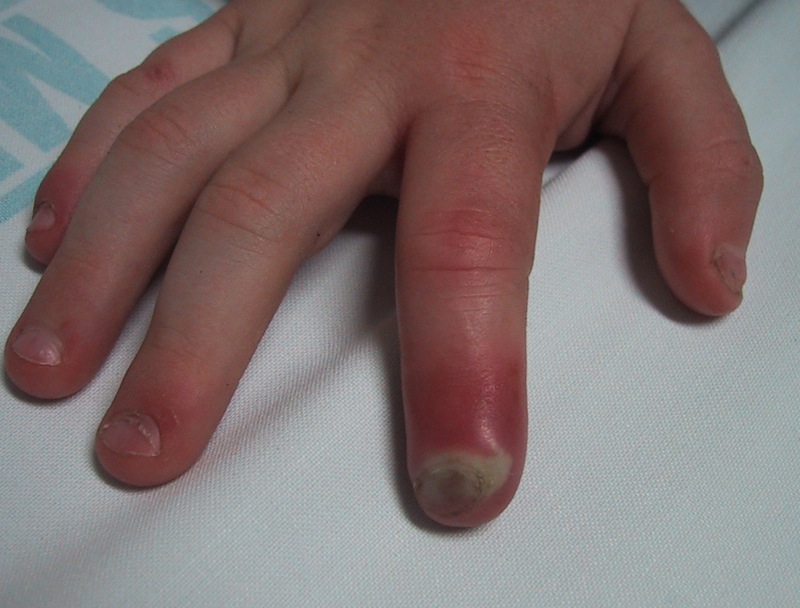Being one of the five primary senses, the hand is an instrument where form and function are intricately related. There are various compartments, however, where bacteria can easily hide and grow. In this case, whether you or you don’t know the term, you may have somehow experience paronychia in the past.
To those who don’t know, paronychia is a nail infection that affects the perionychium and the lateral nail fold. The perionychium, on the other hand, is the soft tissue bordering the nail itself. The infection somehow affects this part, resulting in the inflammation of the area. This may be the result of pulling out your hangnail, biting your nails or pushing back the cuticles during your manicure session, therefore resulting in the introduction of bacteria in your finger. Since most bacteria, whether aerobic or anaerobic type, resides in out mouth, getting your fingers infected is somewhat very easy to do.

Paronychia is known to be exquisitely painful and occurs in some healthy people. Some immunocompromised people like those who are infected with AIDS and such, people with diabetes or fungal nail infections are no exception. This usually begins with a few days of pain, tenderness and swelling of the infected finger followed by pus collection at its surface.
In order to treat Paronychia, medical procedures such as draining the pus and taking antibiotics most commonly used to treat bacteria such as Bactrim are done. Clindamycin or amoxicillin-clavulanate is given along with Bactrim if anaerobic bacterial infection is suspected. If in case that Paronychia extends under the nail, either part or all of it needs to be removed in order to drain the pus.
